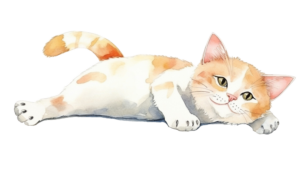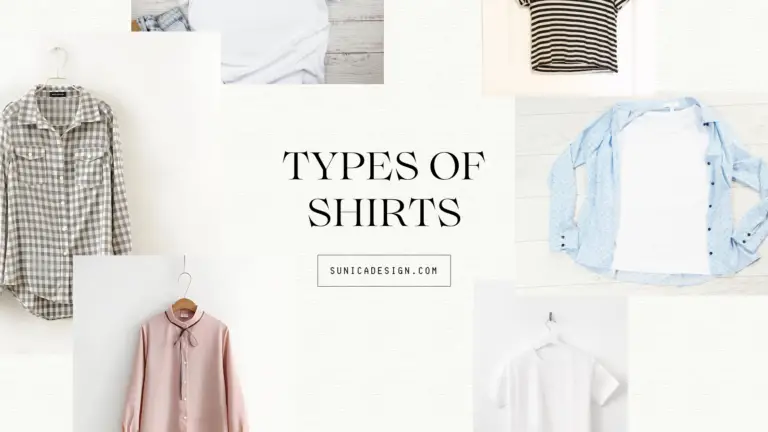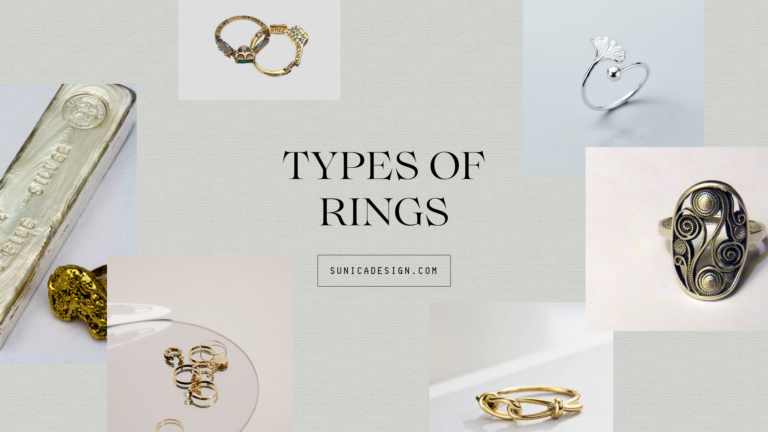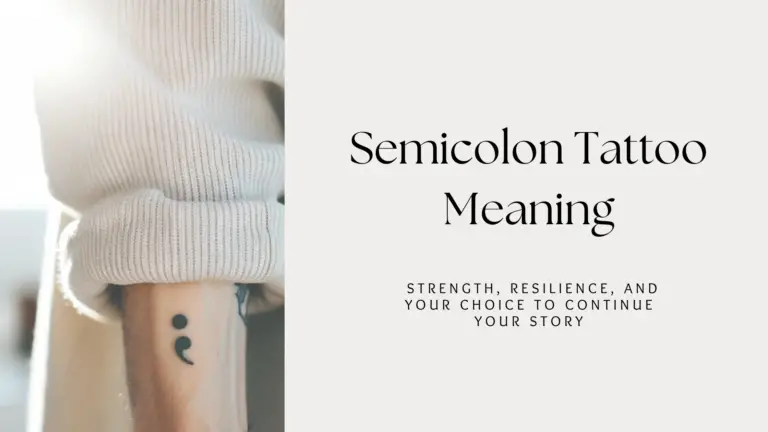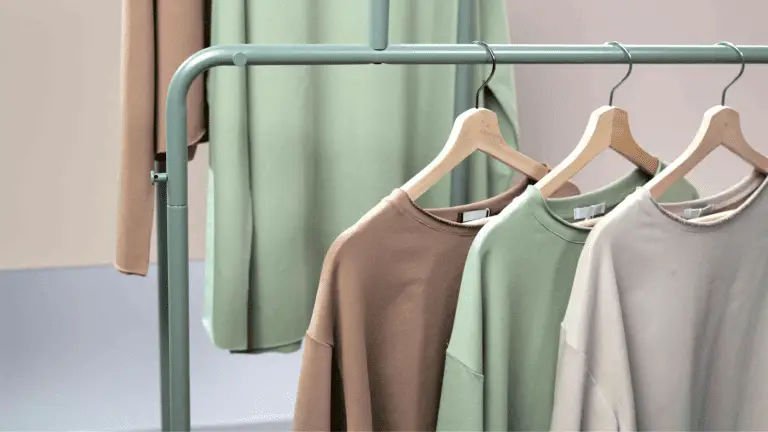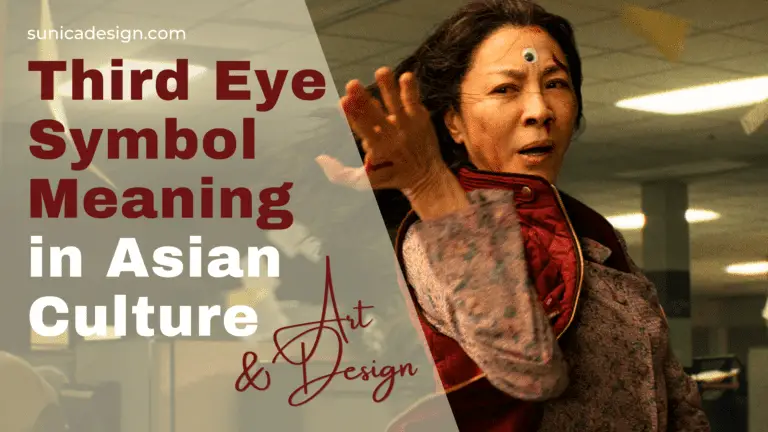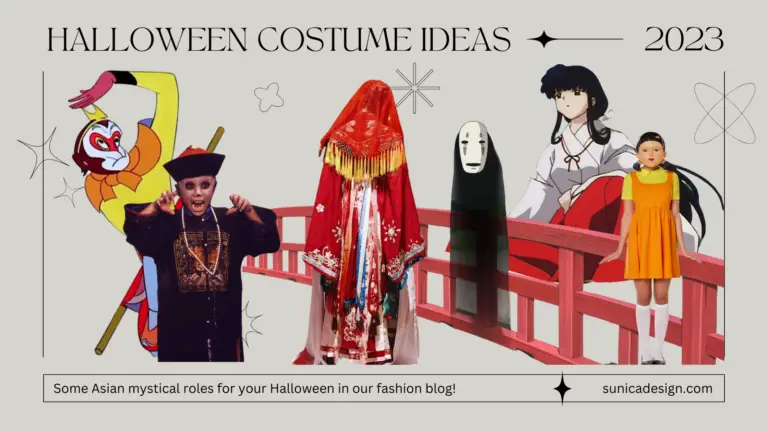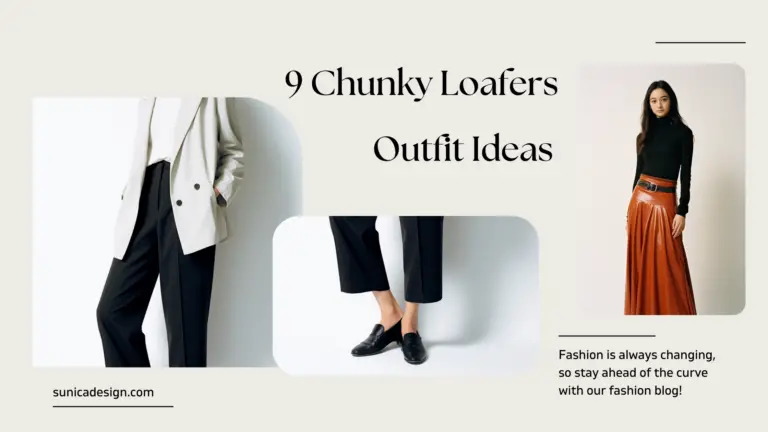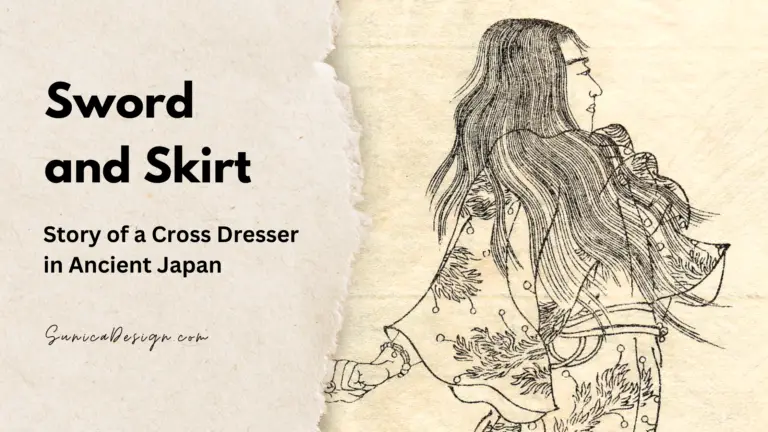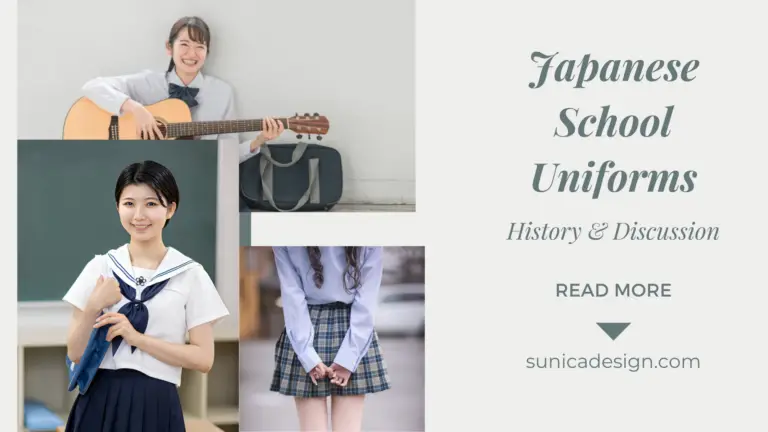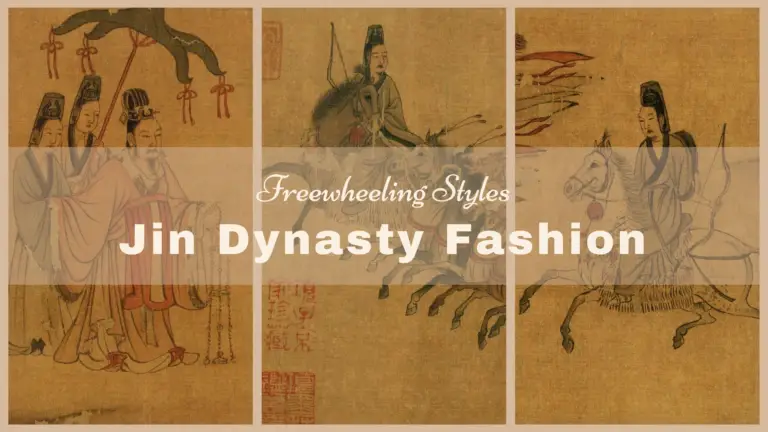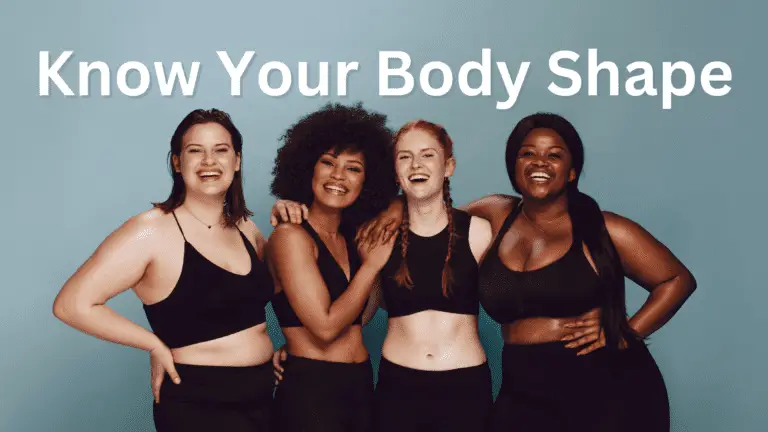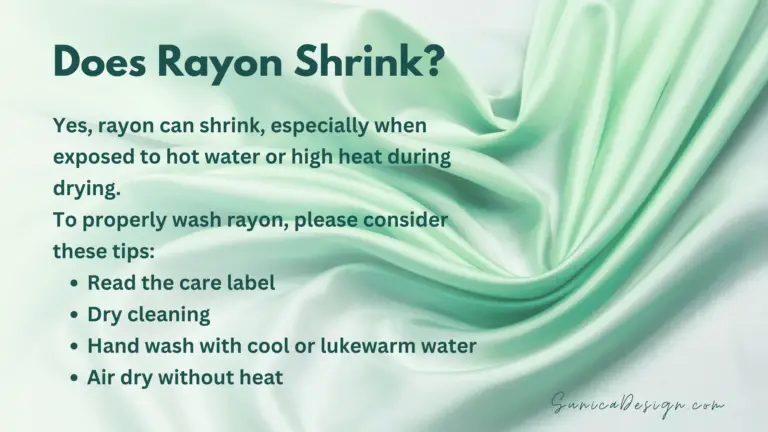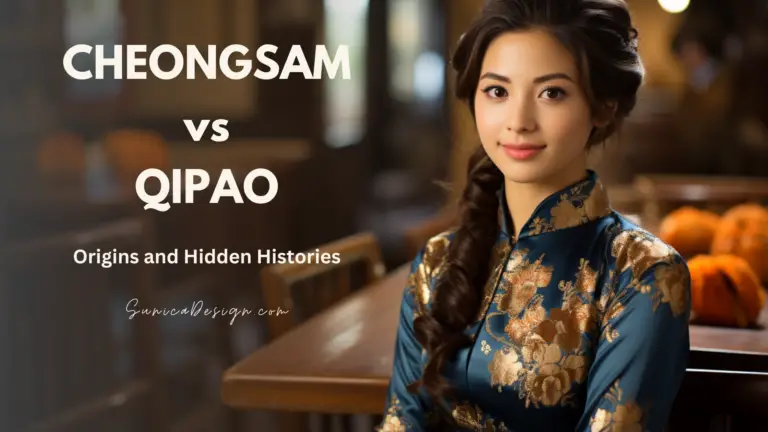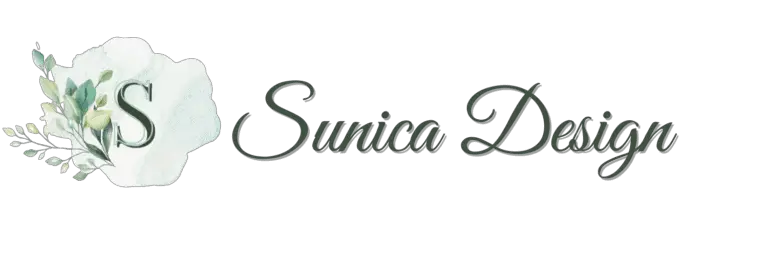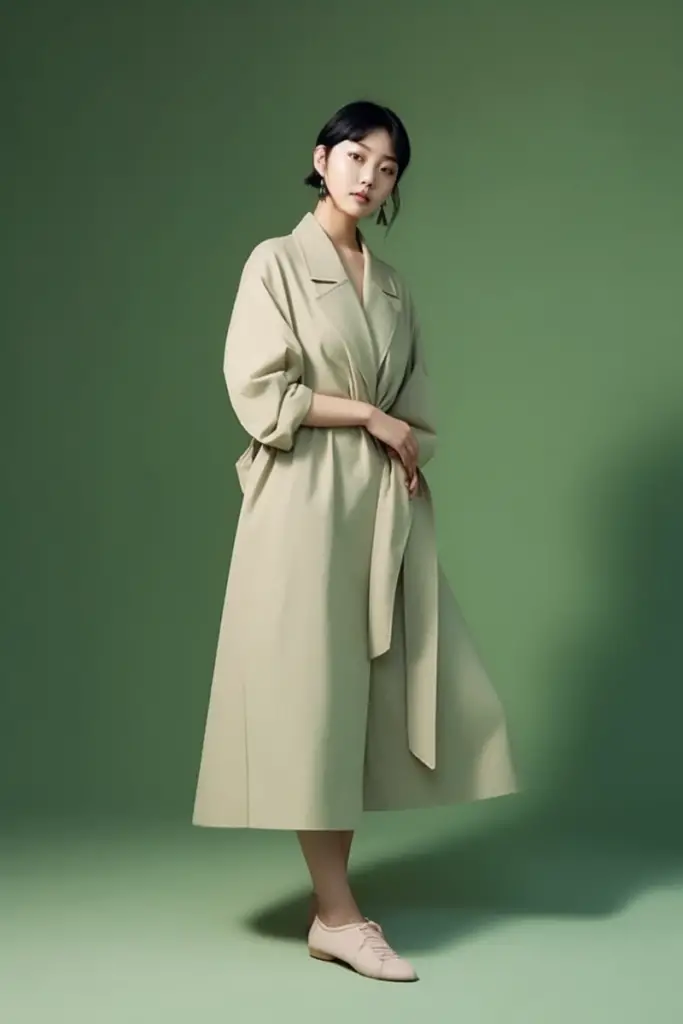Hold onto your hats, fashion lovers, because we’re time-traveling back to one of the most stylish eras in Chinese history: the Tang Dynasty! Imagine an age filled with stunning art, a rich cultural scene, and enough political drama to rival your favorite TV series. Sounds like the perfect setting for some incredible fashion, right? So, let’s dive into the world of Tang Dynasty clothing, where ancient styles meet modern curiosity.
Whether you’re a history nerd or a fashion-forward trendsetter, this trip down memory lane is sure to be a blast!
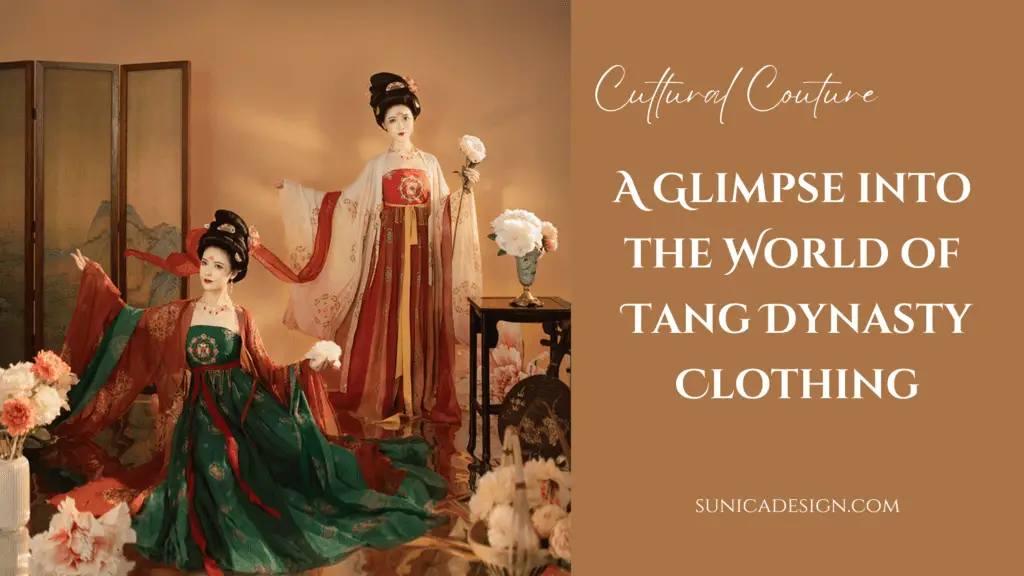
Introduction of Tang Dynasty and Its Clothing
The Tang Dynasty (618-907 AD) was like the VIP party of Chinese history – a time when prosperity, culture, and style collided to create a golden age. This empire was no wallflower, extending from Korea in the east to the Persian border in the west, making it a major player on the global scene. Thanks to the Silk Road, trade and cultural exchanges were hopping. It transformed the Tang Dynasty into a lively melting pot of ideas and fashion.
In the Tang Dynasty, clothing was more than just a way to cover up – it was a fashion statement with a purpose. Clothing revealed a person’s social status, occupation, and even political loyalty. It was also a canvas for creativity, blending various cultural influences from across the empire and beyond. The result? A kaleidoscope of colors, patterns, and designs that reflected the vibrant spirit.
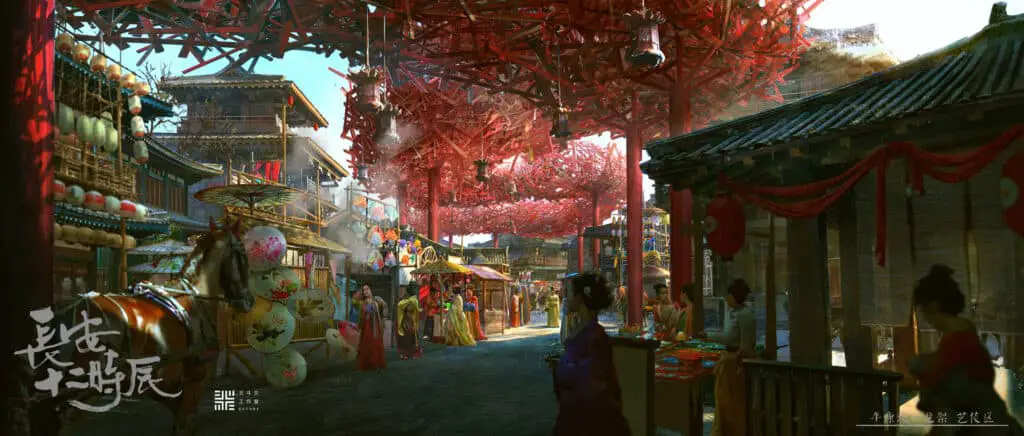
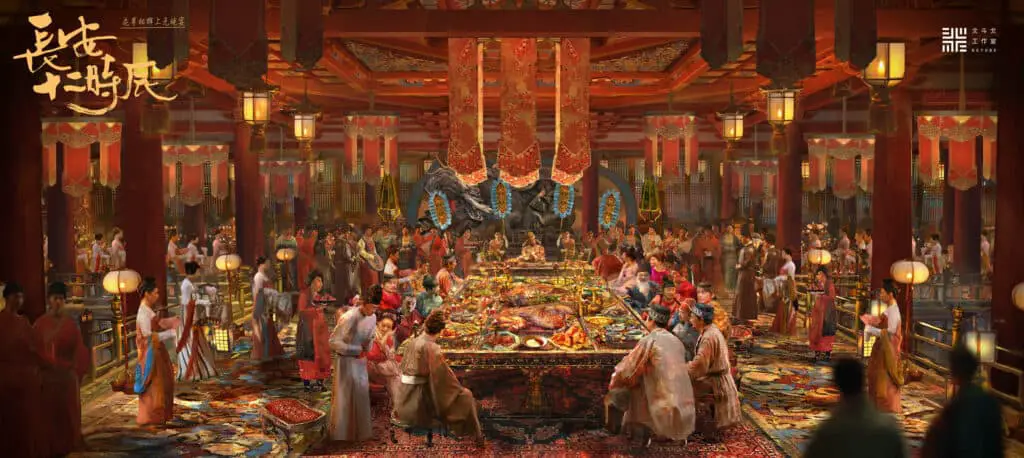
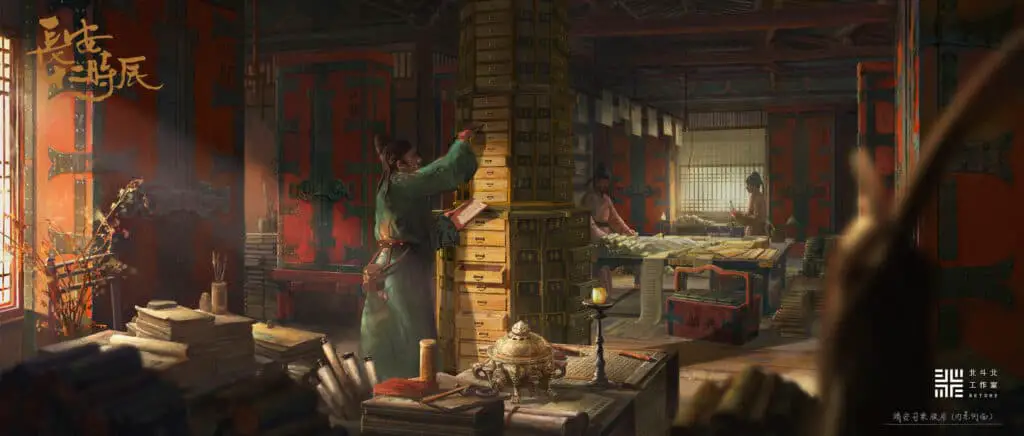
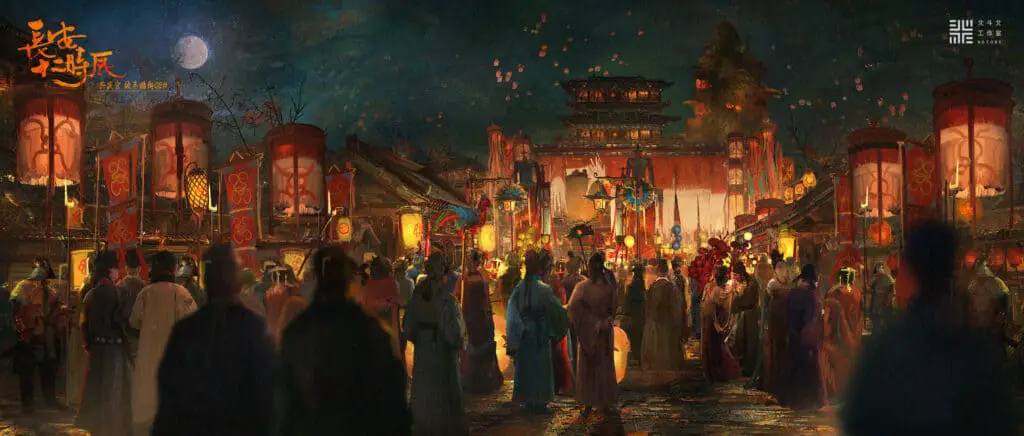
Social Hierarchy and Clothing
Tang Dynasty Clothing was like a “Who’s Who?” game – your outfit could reveal your social standing quicker than a business card. From royals to commoners, each garment was tailored to reflect the wearer’s status. So, let’s break it down and see how the Tang Dynasty’s social ladder played out in their wardrobes:
- Royals: The Tang Dynasty’s royals were the original trendsetters, rocking the most luxurious fabrics and intricate designs. Think silk, embroidery, and eye-catching colors. Robes embroidered with gold and silver threads were the epitome of royal fashion, making the wearer stand out as the crème de la crème of Tang society.
- Nobility: Not far behind, the nobles also sported some seriously stylish threads. Flaunting their high social standing, nobles often wore round-collared robes with intricate patterns, accessorized with ornate belts and jade pendants.
- Commoners: For everyday folks, fashion was more about function than flash. Rocking the minimalist look, commoners donned simple tunics and loose trousers, often made from more affordable materials like hemp or cotton. After all, who says you can’t be stylish on a budget?
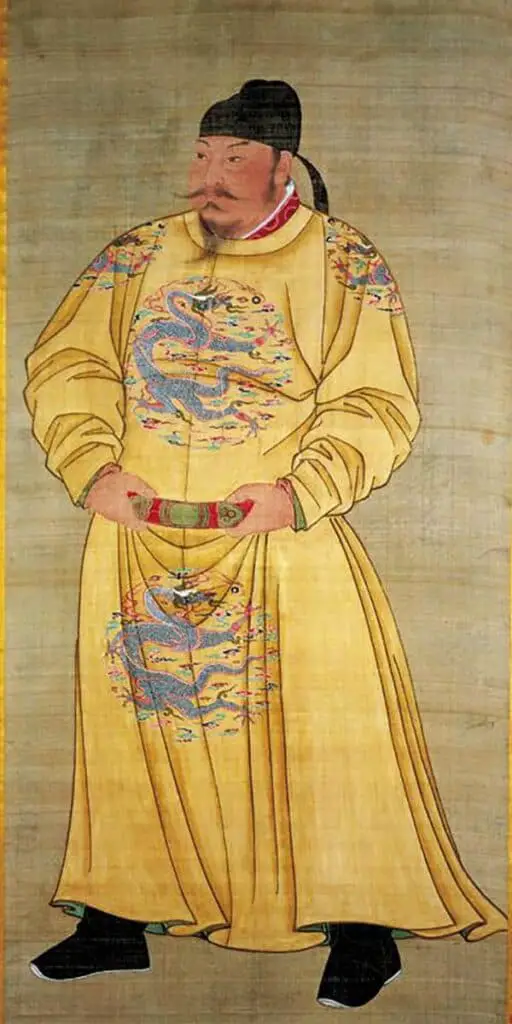
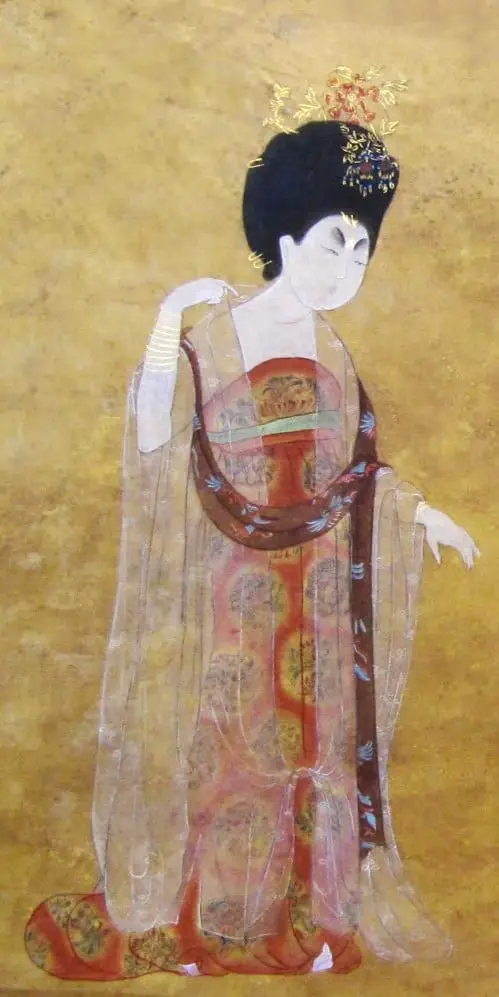
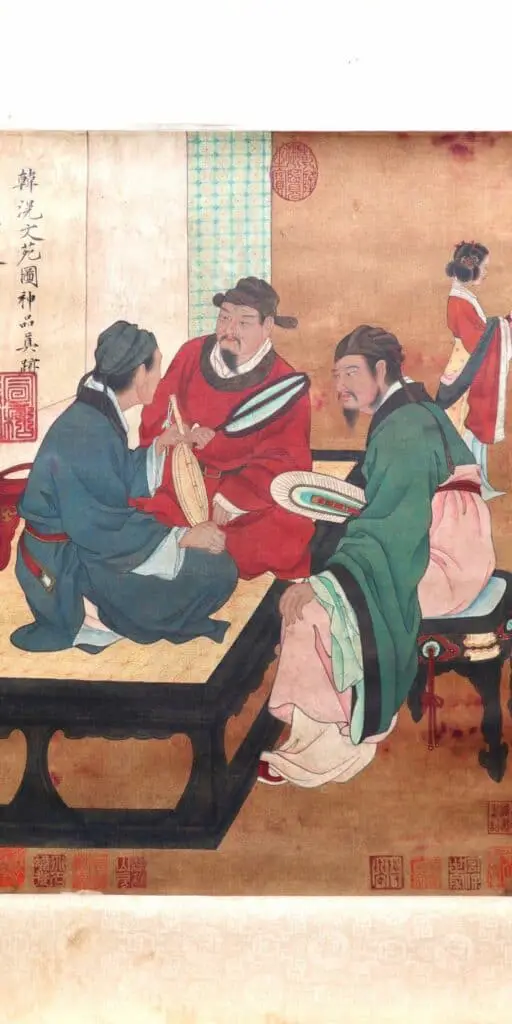
Tang Dynasty Clothing for Women
Ladies of the Tang Dynasty were all about turning heads with their fabulous ensembles. From flowy dresses to chic vests, these ancient fashionistas served up looks for days. Let’s take a peek at some of the must-have styles that ruled the Tang fashion scene.
1. The "Show Chest" Look (袒胸装)
The ladies of the Tang Dynasty embraced plumpness as beauty. They knew that curves were where it was, proudly showing off their full figures. These women were trailblazers, fearlessly rocking the “show chest” look with low-cut necklines. This look was a far cry from the past’s conservative square and diagonal collars.
But not everyone was ready to jump on the bare-it-all bandwagon. Emperor Li Zhi tried to put the kibosh on this revealing trend more than once. He issued orders to regulate attire to keep things a little more buttoned up, which was not impressive in the result.
Despite these attempts to curb the craze, it’s clear that Tang Dynasty women were true fashion pioneers, pushing the envelope with their avant-garde ensembles. As time went on, even Emperor Wu, the only female Emperor in Chinese history, hopped on the fashion train. Many women’s outfits of the era not only showed their chests but also featured slightly transparent or lightweight fabrics, taking the bold and the beautiful to a whole new level.
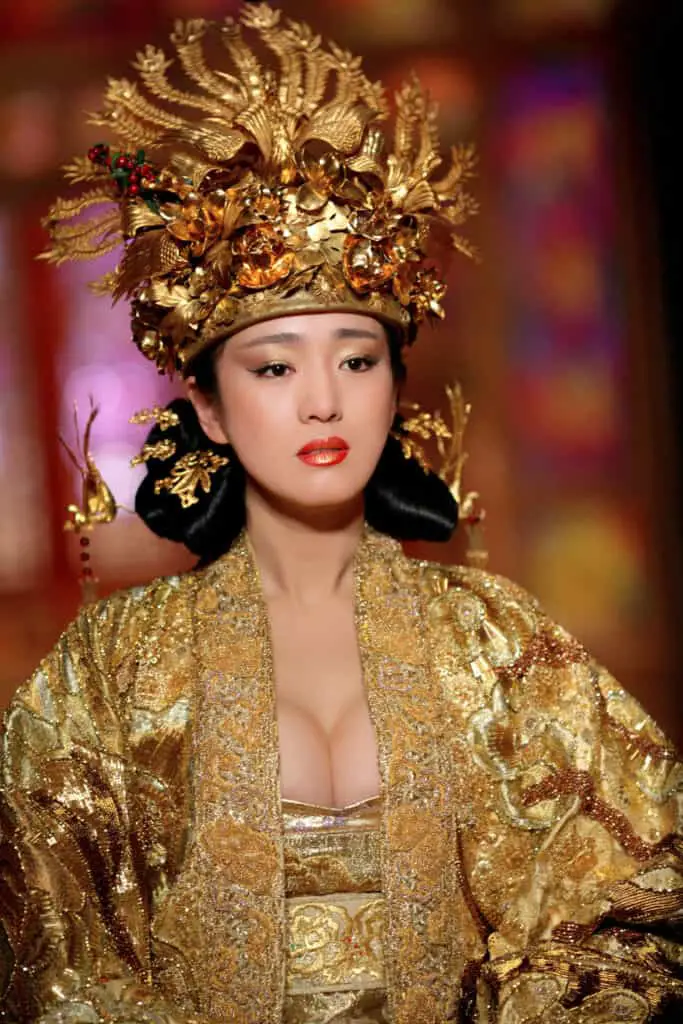
2. Qi Xiong Ruqun (齐胸襦裙, Up-To-Chest Skirt)
The most iconic ensemble for Tang Dynasty women, especially the court ladies, has got to be the Qi Xiong Ruqun. This signature outfit earned its name because the skirt was fastened right up at the chest. Considered the go-to formal wear for ladies of the time, you’ll spot many Qi Xiong Ruqun depicted in Tang Dynasty art.
This dress enjoyed immense popularity because it elongated the lower body’s proportions with its long skirt tied below the bust. It lent a sense of delicate elegance when walking or dancing, giving off a gentle, flowing vibe. In fact, the Qixiong Ruqun’s charm hasn’t faded with time – it’s still quite the crowd-pleaser in China today.
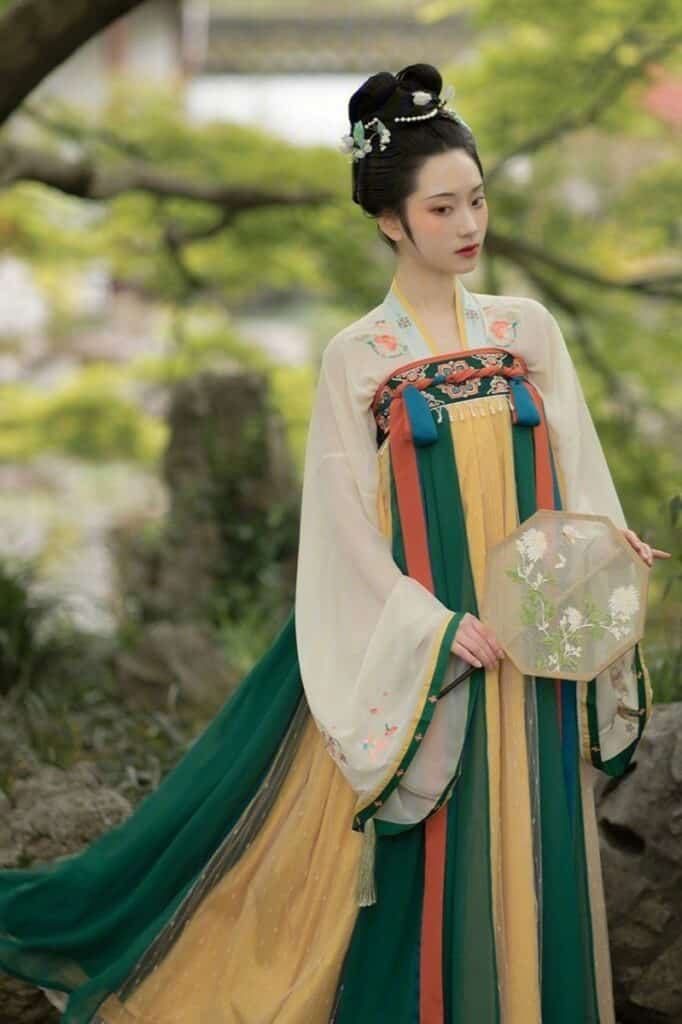
3. Women Rocking Men's Attire
In ancient China, women wearing men’s clothing were often seen as straying from proper feminine conduct. However, the Tang Dynasty shook things up, breaking old rules and bringing fresh styles.
During the Tang Dynasty, foreign trade and cultural exchange flourished, with customs from diverse cultures gradually merging into everyday life. Cleverly embracing the best elements from various ethnicities, women in the Tang Dynasty adopted Hu-style men’s attire, which became a trendy pursuit.
Specifically, Hu-style clothing featured narrow-sleeved, fitted short tops, long tight pants, and accessories like leather boots and belts. It was initially used as a military uniform for men due to its practical design. As society progressed, Hu-style attire gradually entered the Tang kingdom, accepted and admired by Tang Dynasty women, adding a twist to the Tang Dynasty clothing scene.
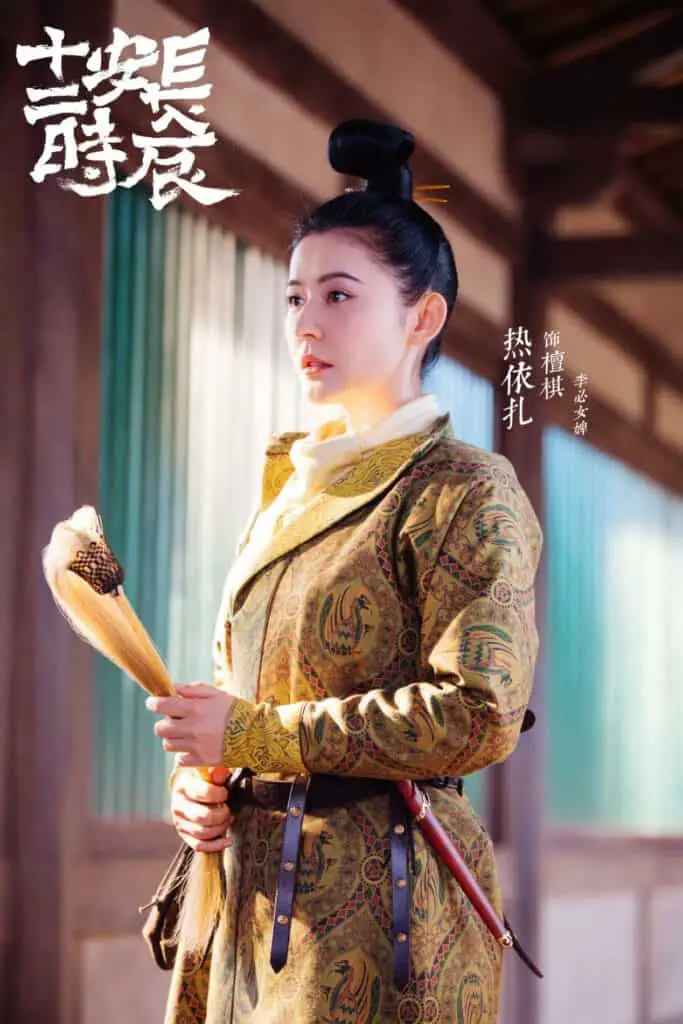
4. Daxiu Shan (大袖衫, Wide Sleeve Robe)
These wide sleeve robes fully embodied the prosperous, magnificent, and grand cultural characteristics of the Tang Dynasty, reflecting the luxurious and open aesthetic of the time.
The rise of these oversized robes is connected to the popularity of the narrow Hu-style attire. Emperor Wenzong disliked the widespread Hu-style trend. He believed that the vast Chinese culture should have its own distinct Han-style attire, rather than merely chasing after the Hu people’s dress. Moreover, the short, narrow clothing made no distinction between men and women, which annoyed many. Hence, he decreed that princesses should wear garments representing the grandeur of Chinese culture when attending audiences, setting an example for others. Following Wenzong, wider women’s clothing styles began to emerge.
Ladies appreciated the beauty and grandeur of these spacious garments and started using more high-quality fabrics for their sleeves and skirts. Their dresses became about twice as long and wide as those of the early Tang Dynasty. Some noblewomen wore embroidered long skirts with wide hems that trailed on the ground. Instead of wearing thick undergarments, they opted for thin gauze tops, exuding a variety of charms that broke with traditional constraints.
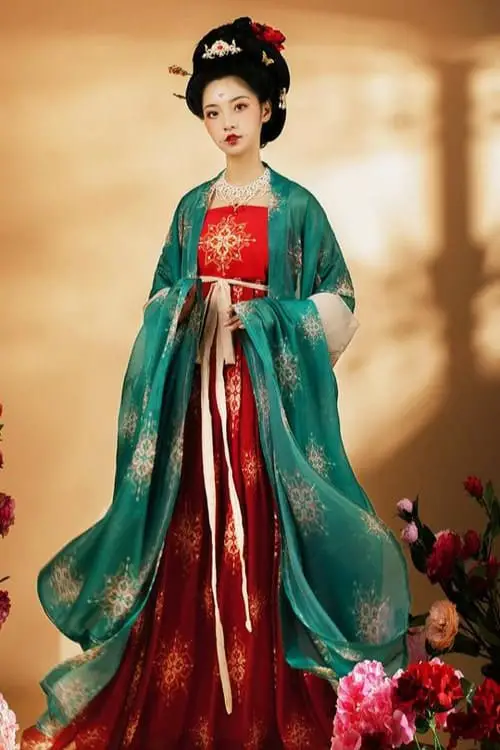
Tang Dynasty Clothing for Men
In the ancient period, there were different types of Tang Dynasty Clothing for men prepared explicitly for various occasions and purposes.
1. Pao (袍): Ceremonial Robes and Everyday Wear
Pao was a versatile garment that came in two forms: ceremonial robes and everyday wear. The ceremonial robes featured wide sleeves and elegant designs, while the everyday wear took inspiration from the attire of the nomadic tribes and featured narrower sleeves. Depending on the occasion, Pao could be a round-collared robe for court or a crossover-collared robe for family ceremonies.
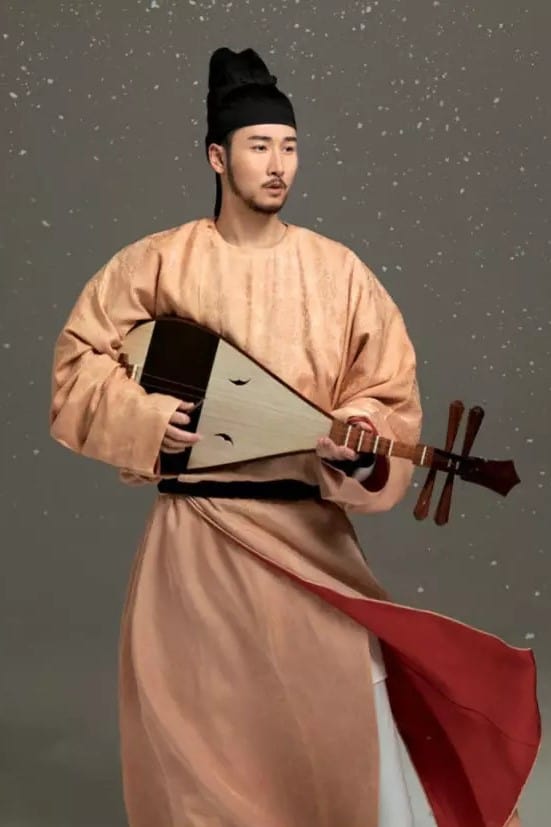
2. Shan (衫): The Status Symbol
Shan was a garment that signified the wearer’s social status. The “Lan Shan” was reserved for officials and scholars, featuring delicate fabric and embroideries. On the other side, the “Quekua Shan,” characterized by side slits for increased mobility, was worn by commoners and soldiers. The distinction in clothing styles emphasized social hierarchy and allowed for easy identification of one’s standing within society.
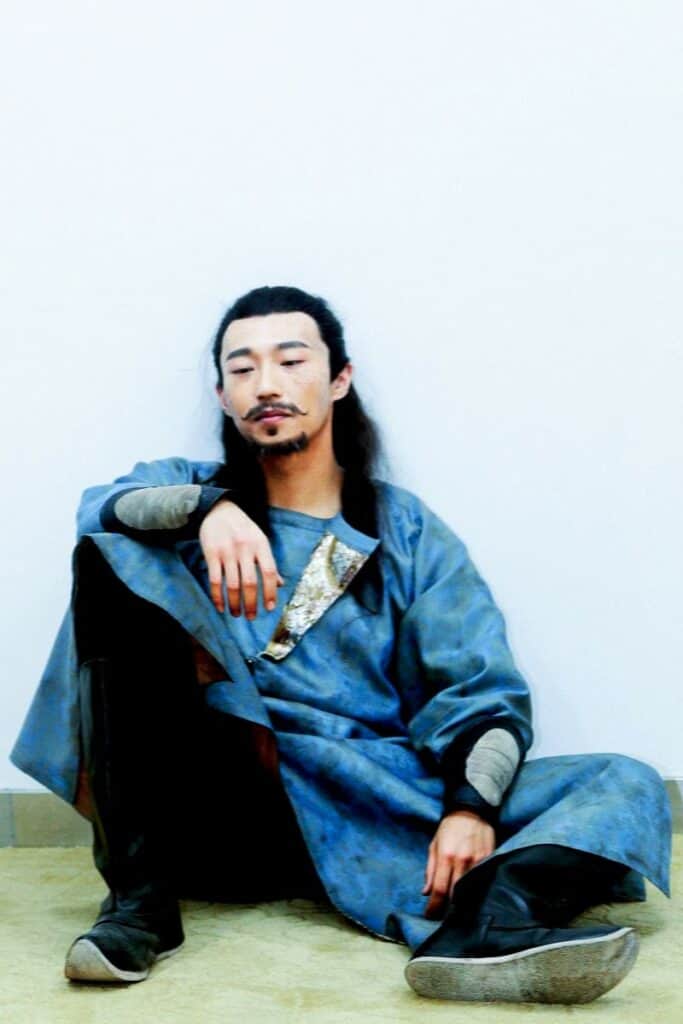
3. Ru (襦): The Daily Classic
Ru was a knee-length garment with a slightly fitted design and narrow sleeves. Worn with skirts or trousers, it was the perfect mix of functionality and style.
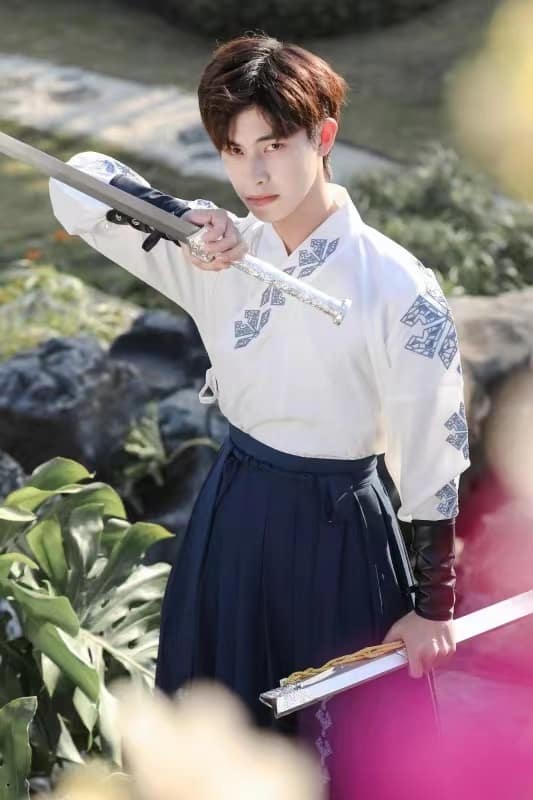
4. Ao (袄): Riding and Daily Clothing
Ao was an evolution of Ru and came in two forms: the long Ao and the short Ao. The long Ao was similar to a modern-day nightgown, while the short Ao was a lined and shorter top typically paired with trousers. The clean design of short Ao allowed Tang Dynasty men to enjoy free movement during horseback riding and everyday activities.
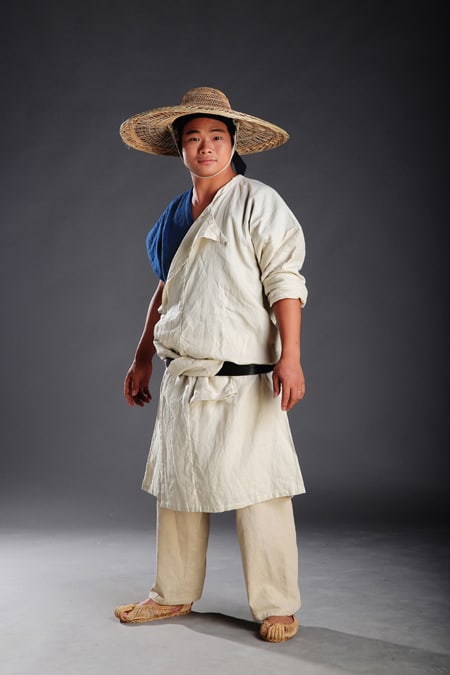
5. Banbi (半臂): Work Clothes
Banbi was an early version of a vest or sleeveless top, originating from the Qin Dynasty. Initially a wide-sleeved, short ceremonial garment, it was modified in the Tang Dynasty by Emperor Li Yuan. Li removed its sleeves to create a more practical garment. This functional and comfortable piece soon became one of the most popular work clothes during the Tang Dynasty.
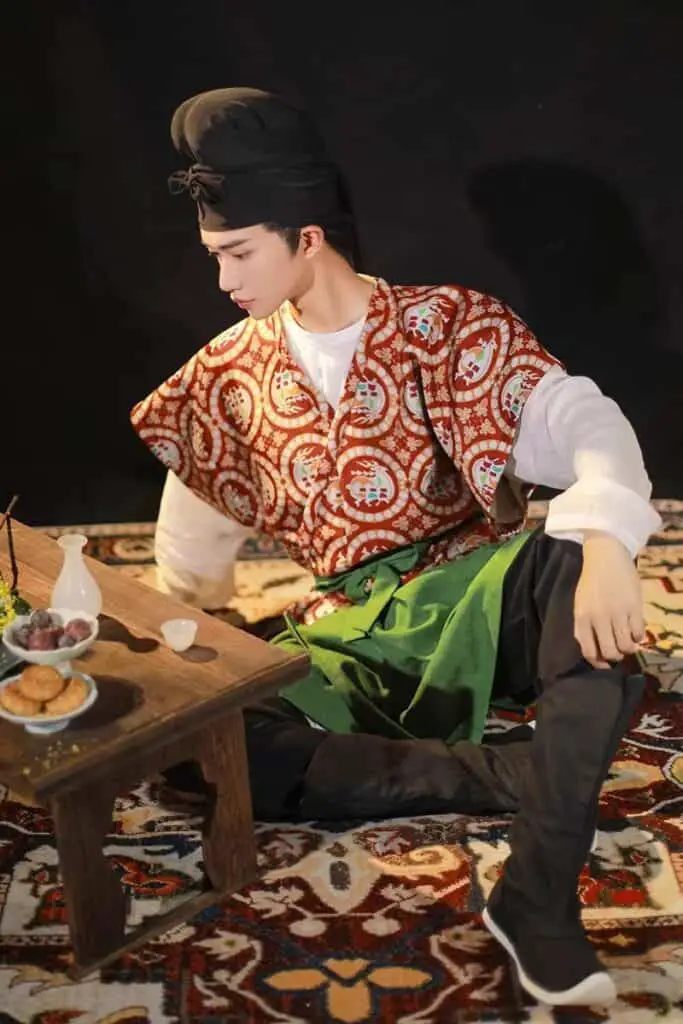
Funny Facts about Tang Dynasty
Fancy Footwear
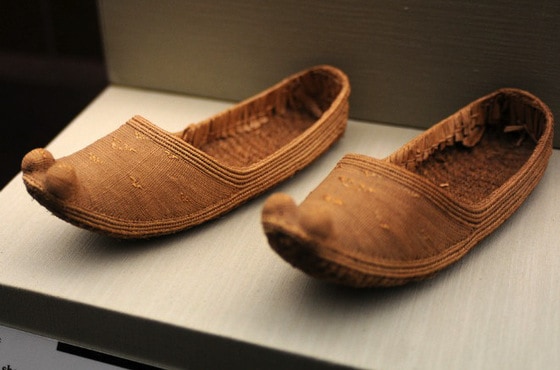
In the Tang Dynasty, shoes were more than just a practical necessity. They showcased a person’s social status and taste in fashion. Some shoes had upturned toes, while others were embroidered with intricate patterns or adorned with colorful silk threads. Talk about walking on the sunshine!
Rank and Robes
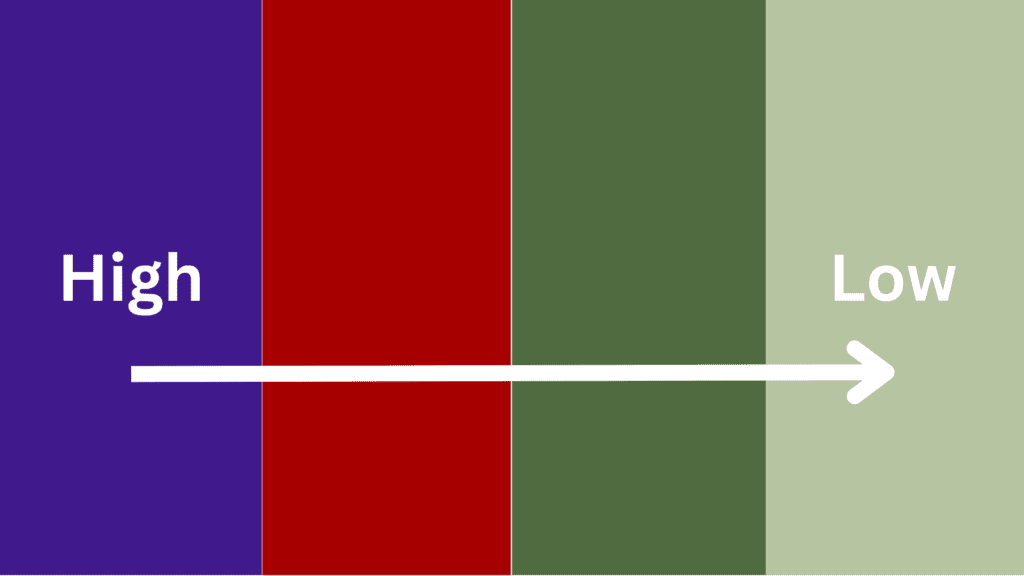
Tang Dynasty clothing reflected a person’s rank in society. The emperor and high-ranking officials wore robes with specific patterns and colors to indicate their status.
Sashimi
Besides clothing, what kind of food did they have during the tang dynasty? Well, prepared to be shocked. The people in Tang Dynasty ate sashimi!
During the Tang Dynasty, abundant wild fishes existed in the rivers and lakes. Whether poor or wealthy, as long as there was a body of water nearby, people could enjoy the pleasure of eating fish. The Tang people had a unique way of eating fish called “kuài,” which involved slicing the fish into thin strips. This thinly sliced fish was often eaten raw. Sounds familiar, right? Nowadays, people mostly go to Japanese restaurants to enjoy sashimi. However, not everyone knows that the practice of eating raw fish in China dates back to the very beginning!
Even today, Chinese people in Guangdong province maintain their dishes like “kuài.”
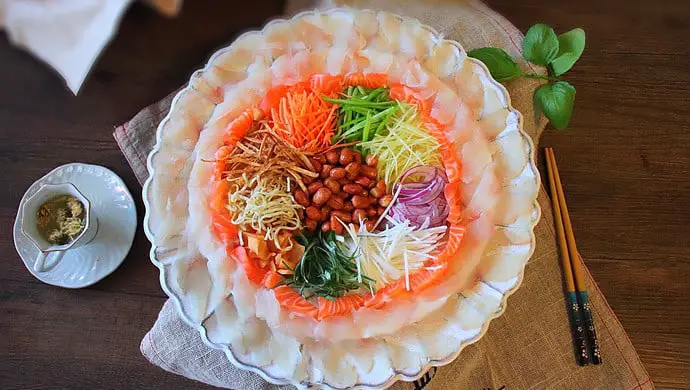
Conclusion
Finally, let’s end our journey with a cute relaxing dance from Tang Dynasty waitresses!
Our journey through the captivating world of Tang Dynasty Clothing has unveiled a rich cultural tapestry. From the social hierarchy and intricate fashion designs, the Tang Dynasty’s fashion legacy is undoubtedly impressive. Both men and women had unique styles, reflecting their societal roles and individuality.
As we’ve seen, the Tang Dynasty was a time of prosperity and cultural exchange. Its clothing was a prime example of how art and tradition could intertwine. The interesting facts we’ve covered illustrate the depth and breadth of Tang culture. The fashion and customs from that ancient era heavily influenced modern Chinese society.
So, as we wrap up our exploration of Tang Dynasty Clothing, we can’t help but appreciate the beauty that once graced the streets of ancient China. The legacy of the Tang Dynasty lives on, inspiring designers, artists, and historians. It reminds us that fashion is more than just clothing; instead, it is a mirror and record of a past generation.
If you want to know more about Chinese culture and styles, welcome to our “Chinese dress” channel! Feel free to leave a comment if you have any questions or ideas about fashion ~ We are always here to exchange brilliant thoughts!


